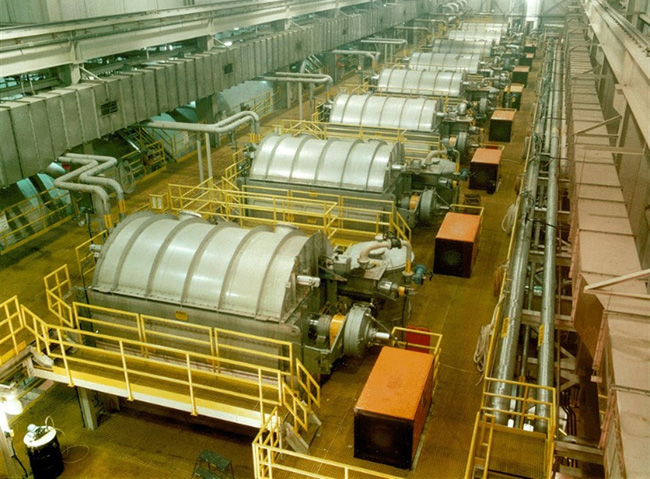Analysis of paper pulping machine in Japan
According to statistics from the Japanese Ministry of Economy, Trade and Industry, in recent years, Japanese pulp production machinery has declined year by year, from 240 in 2013 to 232.
According to the statistics of Japan's Sankei Province, the operating rate of the Japanese pulp industry in 2017 was 69.90%, and the industry operating rate in recent years was around 70%.
According to statistics from the Japanese Ministry of Economy, Trade and Industry, in 2017, Japan's pulp production was 7,125,600 tons, papermaking consumption was 6,486,600 tons, and sales were 36,890 million yen.
2013-2017 Japanese pulp industry operation
|
Year |
Output(Ton) |
Consumption(for paper making): ton |
|
2013 |
7049709 |
6112695 |
|
2014 |
7209931 |
6199075 |
|
2015 |
7075805 |
6123587 |
|
2016 |
6998310 |
6205901 |
|
2017 |
7125617 |
6248603 |
In recent years, Japanese pulp consumption has fluctuated within a certain range and has not changed much. Japan's paper pulp consumption increased from 5,906,200 tons in 2013 to 6,069,400 tons in 2017; paperboard pulp consumption decreased from 205,500 tons to 179,200 tons. It can be seen that paperboard consumption is on the rise, and paperboard pulp is showing a downward trend.
The export volume of paper and cardboard in Japan is growing rapidly. The arrival of the electronic era has seriously affected the Japanese paper industry. In recent years, the export volume of Japanese paper and related products has continued to grow, and the export volume has been continuously recorded. China has become a major exporter of Japanese paper-related products. In recent years, with the continuous expansion of the scale of online shopping, the demand for raw paper for corrugated boxes in Japan has expanded with the focus on China.

Pulp mills have limited capacity to expand production, and long-term pulp market supply is tight. In the past 10 years, China has contributed 35% of the pulp demand share and 65% of the incremental share. In addition to China, the pulp demand in other parts of the world has basically stabilized. We estimate that the demand for pulp in other parts of the world will increase by 500,000 in 18 years. Ton. Domestically, 2018 plans to add nearly 3 million tons of pulp production capacity, 40% of which comes from household paper. The growth of tissue paper is due to the large development space in the domestic market due to the low standard of living. If it reaches the consumption level in Europe and America, it will need 20 million tons of output, exceeding the current production capacity of nearly 10 million tons. The capacity of the pulp system is 40% capacity utilization, corresponding to the demand increase of 1.2 million tons, and the demand for wood pulp replacement is 2 million tons, corresponding to the demand of 1.4 million tons of wood pulp. The estimated 18-year pulp demand in China is 2.6 million tons. The rest of the world grew by 500,000 tons and the total demand reached 3.1 million tons.
However, the 18-year supply capacity of pulp suppliers is extremely limited. It is estimated that the global pulp supply increase in 2008 will be 2.48 million tons. In the face of disparity in supply and demand imbalance, the world's major pulp producers lack capacity to expand production in the short term. After APP acquired Eldorado and Suzano acquired Fibria, the CR4 of the commercial pulp market reached 31% in 2017, the market tends to concentrate, the leading companies have stronger bargaining power, and the ability to maintain the pulp price bull market increases.

